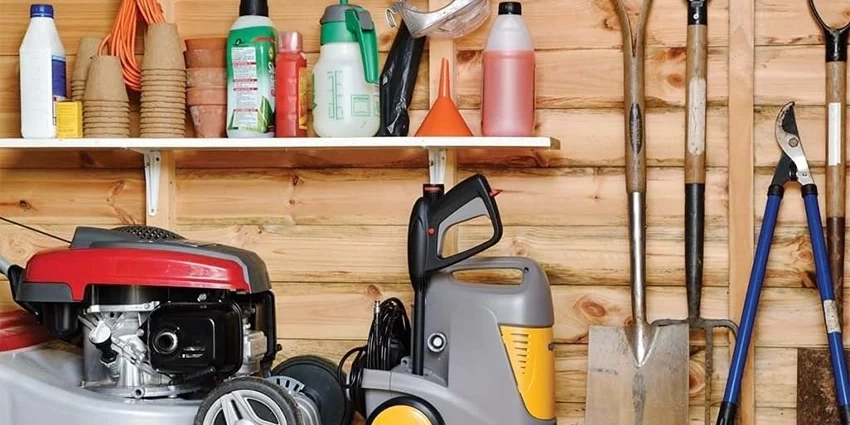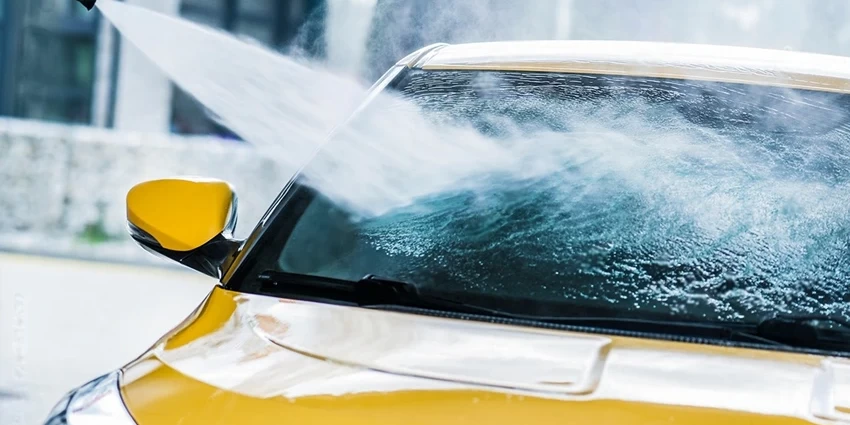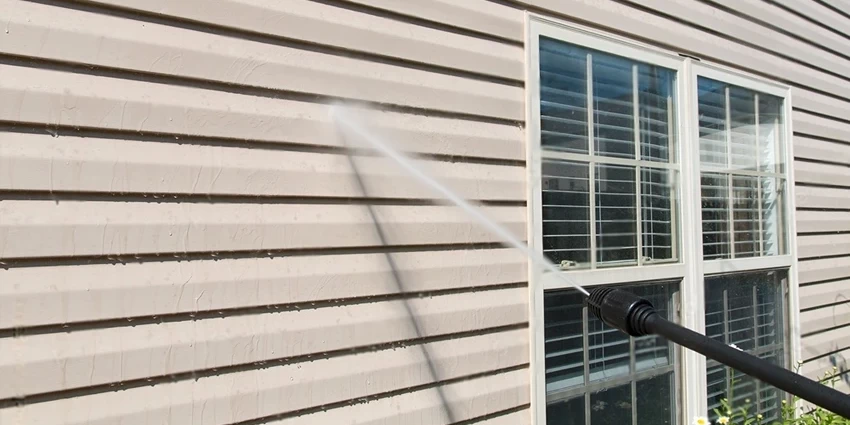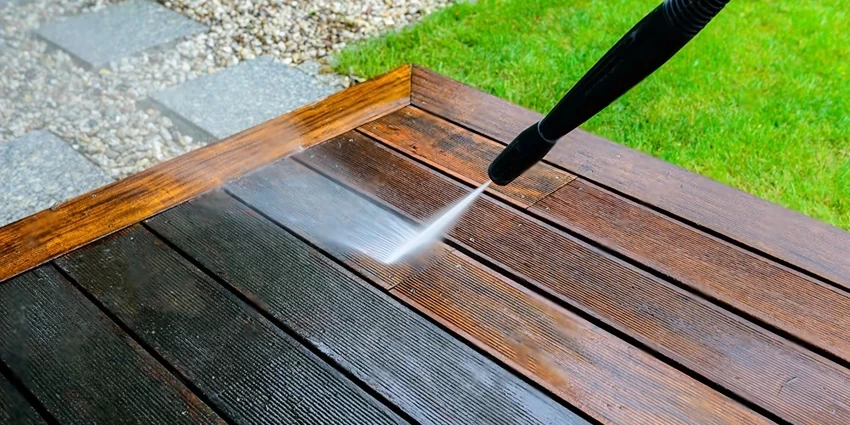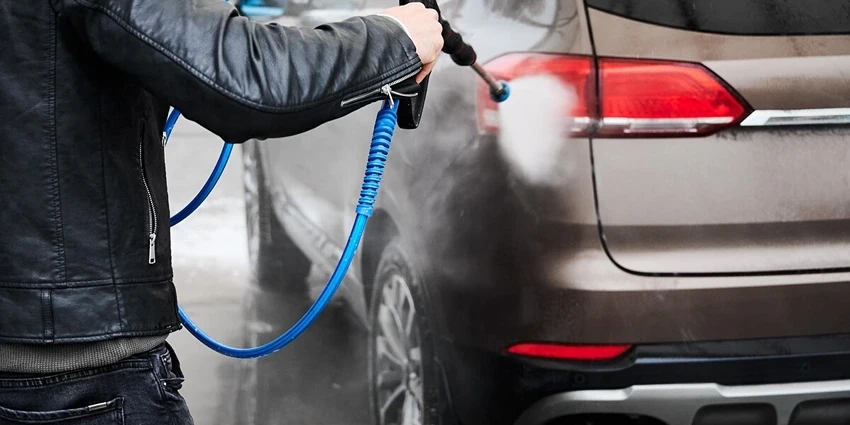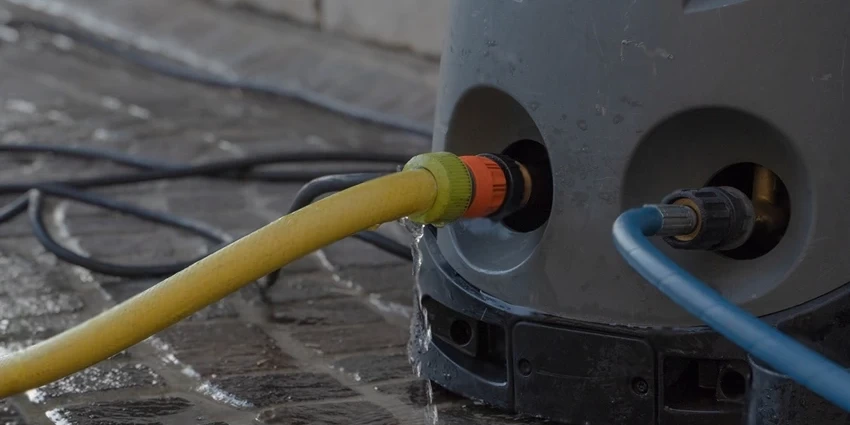All products were chosen independently by our editorial team. This review contains affiliate links and we may receive a commission for purchases made. Please read our affiliates FAQ page to find out more.
Home » Pressure Washing » How To Strip Paint With A Pressure Washer: Types, Safety, and Settings
Stripping paint with a pressure washer is a technique that’s as satisfying to perform as it is effective. Imagine watching years, perhaps decades, of old paint peel away under the force of water, revealing the original surface beneath. It’s a method favoured by DIY enthusiasts and professionals alike for its efficiency and minimal use of chemicals. But, like any powerful tool, a pressure washer must be used correctly to avoid damage to your property or harm to yourself.
Key Takeaways:
- Understanding Pressure Washer Paint Stripping: Learn the basics and effectiveness of using a pressure washer to remove paint.
- Types of Pressure Washers for Paint Stripping: Discover the differences between electric and gas pressure washers and which is best for your project.
- Safety Measures and Precautions: Essential safety tips to protect yourself and your property.
- Selecting the Right Pressure Washer Settings and Nozzles: How to choose the correct settings and nozzles for effective paint stripping.
Understanding Pressure Washer Paint Stripping
Using a pressure washer to strip paint is not just about blasting water at a wall. It’s a nuanced process that, when done correctly, can remove paint quickly and efficiently from concrete, wood, metal, and other surfaces. The key to its effectiveness lies in the combination of high-pressure water and the right nozzle, similar to the precision needed when pressure washing roofs to avoid damage while ensuring a thorough clean. This method is especially useful for large outdoor projects where traditional methods like sanding or chemical strippers would be too time-consuming or hazardous.
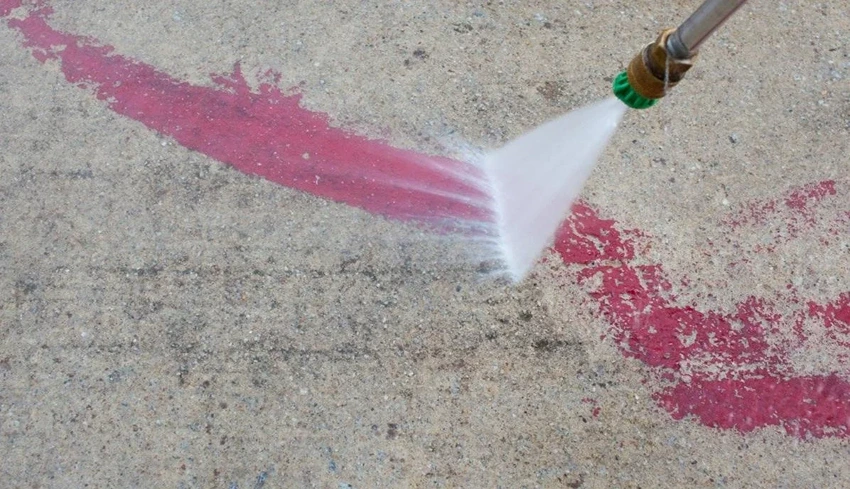
The Effectiveness of Pressure Washers in Removing Paint
Pressure washers can be incredibly effective at removing paint, but their success largely depends on the type of surface and the paint used. For instance, latex paint on wood may come off more easily than oil-based paint on concrete. The age of the paint and the number of layers can also affect the outcome.
Types of Pressure Washers for Paint Stripping
When it comes to choosing a pressure washer for paint stripping, the debate between electric vs. gas models is significant. Electric pressure washers are quieter, more environmentally friendly, and perfect for smaller residential projects. Gas models, on the other hand, offer more power and mobility, making them suitable for larger commercial jobs.
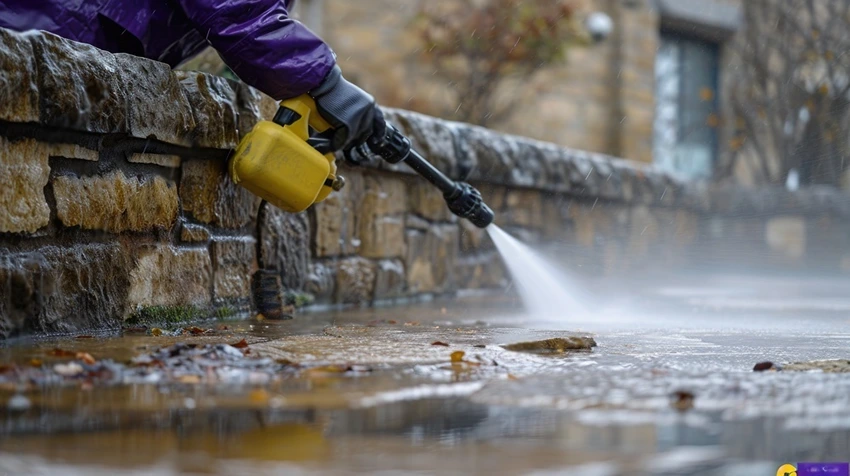
Electric vs Gas Pressure Washers
| Feature | Electric Pressure Washer | Gas Pressure Washer |
| Power | Lower (1,300–1,700 PSI) | Higher (2,000–4,000 PSI) |
| Mobility | Limited by cord | Unlimited |
| Noise Level | Quieter | Louder |
| Maintenance | Less | More |
| Best For | Small, residential projects | Large, commercial projects |
Recommended Pressure Levels and Nozzle Types
Choosing the right pressure level and nozzle is crucial for effective paint stripping without damaging the surface underneath. A 0-degree nozzle offers a concentrated jet of water, ideal for stubborn areas, while a 25-degree nozzle provides a wider spray, suitable for larger, less delicate surfaces.
| Nozzle Color | Degree | Best For |
| Red | 0° | Concentrated, stubborn areas |
| Green | 25° | General paint stripping |
Safety Measures and Precautions
Before firing up your pressure washer, it’s essential to gear up with the right safety equipment. Protective eyewear, gloves, and ear protection should be non-negotiable. Additionally, ensure the area is clear of any tripping hazards and that all windows and doors are closed to prevent water damage.
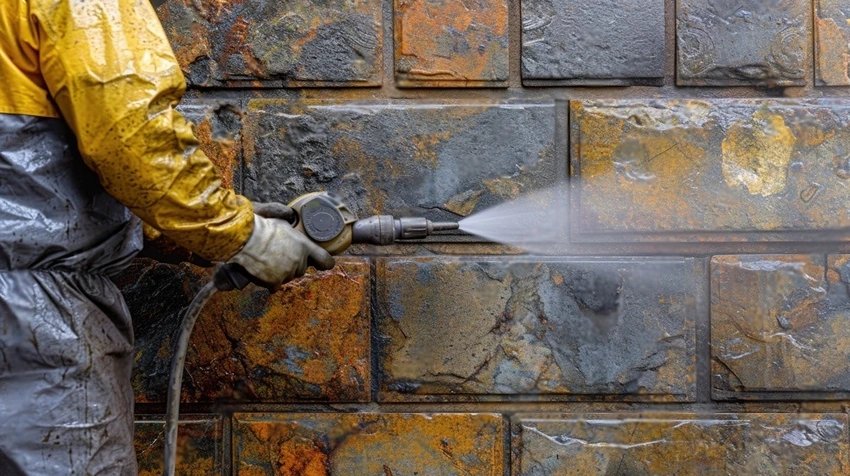
Personal Protective Equipment (PPE)
| Equipment | Purpose |
| Goggles | Protect eyes from debris |
| Gloves | Protect hands from high-pressure water |
| Ear Protection | Protect ears from noise |
Selecting the Right Pressure Washer Settings and Nozzles
The right settings on your pressure washer can make the difference between a clean, paint-free surface and a damaged one. Start with a lower pressure setting and a wider nozzle, gradually increasing the pressure if the paint doesn’t budge. Always test on a small, inconspicuous area first to gauge the effect.
Detailed Guide on Choosing the Right Pressure Settings
- Start Low: Begin with the lowest pressure setting and increase gradually.
- Test First: Always test on a small area before proceeding.
- Adjust as Needed: If the paint isn’t lifting, slowly increase the pressure or switch to a more concentrated nozzle.
The significance of nozzle types cannot be overstated. Each nozzle is designed for a specific type of cleaning, and using the wrong one can result in damage. For paint stripping, start with a 25-degree nozzle and only switch to a more concentrated nozzle for tough areas.
Techniques and Tips for Effective Paint Stripping
Stripping paint with a pressure washer is more art than science, requiring a blend of the right equipment, technique, and patience. The goal is not just to remove the old paint but to do so in a way that leaves the underlying surface intact and ready for whatever comes next, be it more paint, a stain, or just the natural look.

Step-by-Step Guide to Pressure Washing Paint Off
- Prepare the Surface: Begin by cleaning the surface of any dirt, debris, or loose paint. This can be done with a lower pressure setting or a different nozzle to ensure the surface is ready for the paint-stripping process.
- Choose Your Technique: For large, flat areas, a sweeping motion works best, keeping the nozzle at a consistent distance from the surface. When dealing with more stubborn paint or smaller areas, a more focused approach may be necessary.
| Step | Action |
| 1 | Clean the surface |
| 2 | Select the correct nozzle |
| 3 | Adjust the pressure |
| 4 | Apply the technique |
Troubleshooting Common Issues
Sometimes, despite your best efforts, the paint just won’t budge, or you might find that you’re causing damage to the surface underneath. If this happens, it’s time to reassess your approach. Lower the pressure, switch nozzles, or even take a break to figure out a better strategy. Remember, patience is key.
| Problem | Solution |
| Paint not stripping | Increase pressure or switch to a more focused nozzle |
| Surface damage | Decrease pressure or use a wider nozzle |
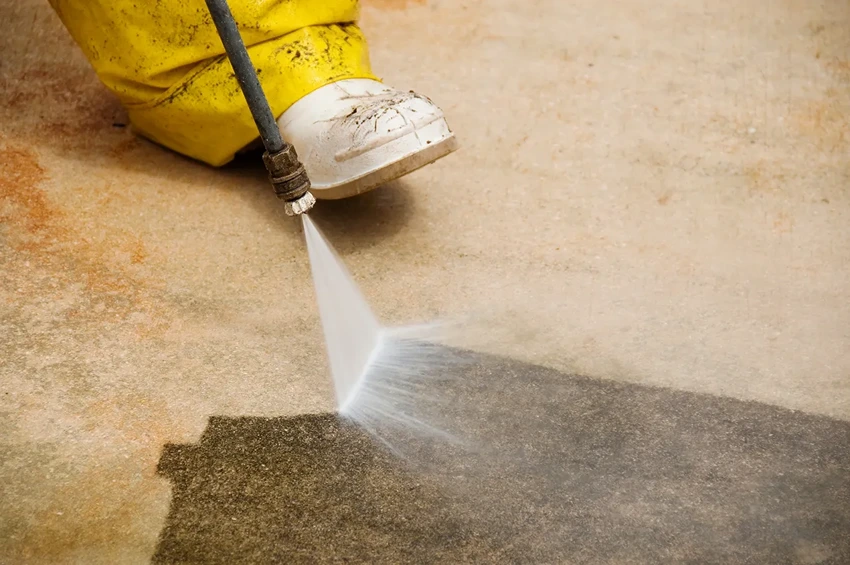
Register for our latest in-depth reviews and product round-ups from the experts.
Enter your email address below to receive our monthly review emails.
By entering your details, you are agreeing to our terms and conditions and privacy policy. You can unsubscribe at any time.
Frequently Asked Questions
Yes, but caution is required. Start with a low-pressure setting and a wide nozzle, and always test on an inconspicuous area first. If the wood is soft or the paint is very old, consider a different method to avoid damage.
After stripping paint, it’s important to neutralise the surface, especially if you plan to repaint. This can usually be done with a simple solution of water and mild detergent, followed by a thorough rinse with clean water.
Ideal conditions are a dry, overcast day with mild temperatures. Too much sun can cause the surface to dry too quickly, while cold weather can make the water less effective and more uncomfortable to work with.
A passionate plant enthusiast on a mission to turn every space into a blooming haven. With a love for all things botanical, I'm your gardening guide, sharing quick tips, the joy of nurturing plants, and the belief that every day is a great day to garden. Join me in cultivating a thriving garden paradise—we'll sow, grow, and flourish together in this green revolution!



